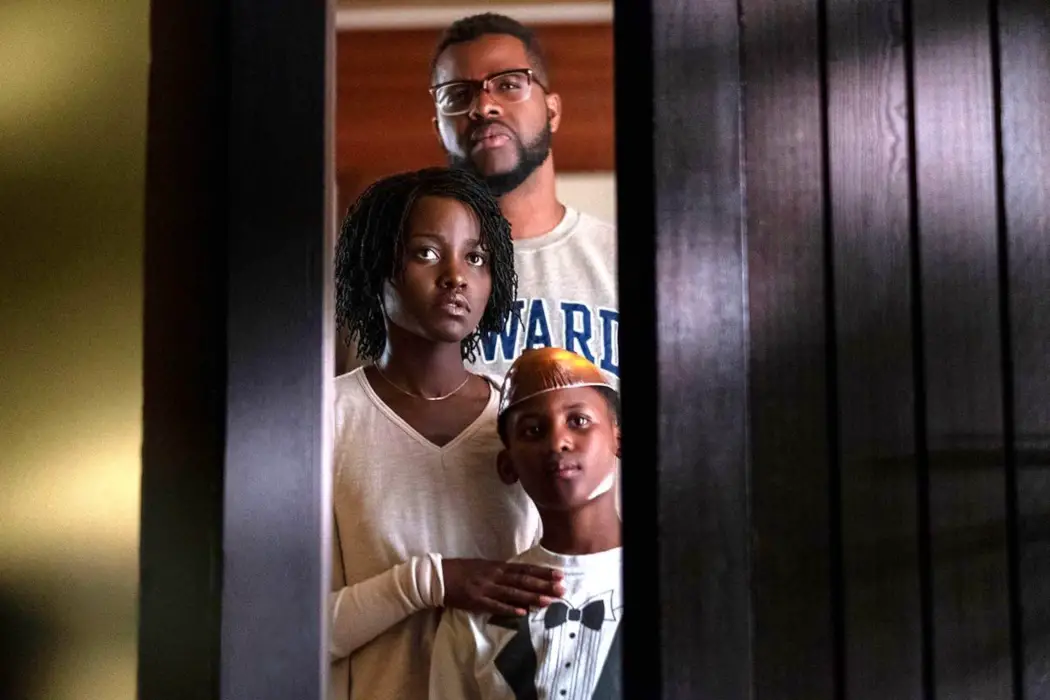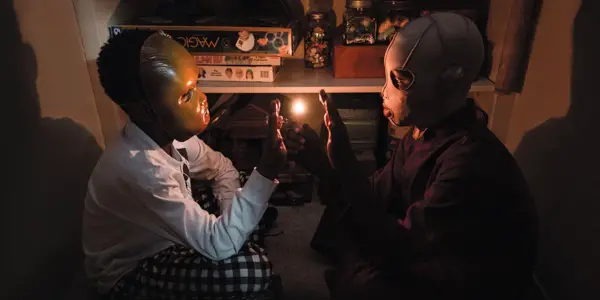Cinematic Sound Design: Where Exactly Does It Sit With Modern Audiences?

If favourite films tell you all you need to know…
In this ever-shifting cinematic landscape of 2019, audiences are becoming more in-tune with the film production process than ever before, resulting in fan bases with a keen eye for detail and all things behind the scenes. Somewhat due to a vast rise in film-making accessibility, this before mentioned eye for detail is becoming a valuable tool utilised by audiences far and wide, granting viewers a certain critiquing ability that is being used to dissect film and what makes them work so well.
Regardless of how knowledgeable general audiences of 2019 have become, the process of sound design seems to consistently fall back into some crater of cinematic afterthought, rarely seeming to receive criticism that reflects the standard of sound design that has been set in previous productions, perhaps explaining the fluctuating quality of sonic atmospheres that populate today’s cinema.
Throughout the course of historic film, sound design, and soundtrack’s in general, have had some what of a mixed ride. Oftentimes being the sole reason a film or sequence is memorable, but more often than not falling to the wayside of audience highlights, meaning that when it’s memorable, it’s great, and when it isn’t, it may as well not be present.
The Personality Of Sound
Now of course there are some incredibly standout moments in the timeline of iconic sound design (looking at you Star Wars), but how vital is a cracking piece of audio candy in today’s cinema? Undoubtedly, vital may seem too strong a word, but the difficulty behind being able to watch Close Encounters Of The Third Kind without imitating the synthesizers for the rest of your entire existence, is too much proof of how powerful sound design can be for the word to not be used. Moments like those are what has given so many films their everlasting definition and personality, they’re why audiences remember incredible moments in cinema, and why it’s such a shame that glimpses into perfect sound design are becoming rarer by the year.

Now that’s not to say that the scene isn’t full of great sound design, because it is, it just doesn’t feel as memorable as it should. The bar has been set so high by the likes of the vocal effects featured in Predator, or any lightsaber duel scattered across the entire Star Wars series, that it’s difficult to carve out a piece of audio history in 2019. It’s also worth mentioning that the commentary here is more directed at the levels of memorability found in the majority of modern film, rather than the literal quality of audio being delivered.
If the before mentioned moments of cinematic history are to be held as some level of gold standard, then each following comparison must be examined under the same spotlight, meaning that some seriously inspired pieces of innovation are necessary to be in competition with these filmic titans, and perhaps that’s the issue.
With that being said, hope is certainly not lost, and it might have just arrived in the form of Jordan Peele’s 2019 film, Us.
The Shining Light Of Us
Amongst a storm of strong critic reviews, Us simultaneously delivered an incredibly haunting soundtrack, a soundtrack that emits a glow of classic horror so bright that the 2019 film feels slightly iconic. This soundtrack, paired with the staying power of imagery so unforgettable it feels almost nostalgic, is casting an ageless light on Peele’s most recent feature project.
Somehow in a story filled with familiar weaponry, the team behind Us have managed to craft a sonic personality for the (soon iconic) scissors that feels completely fresh. Each pair of weaponized scissors falls very much in metaphorical unison with the staccato moments of string work that were purposefully littered throughout the film’s run time, attaching an extra layer of identity to an already characterful outing. It’s this combination of sound and production design that feels unique, it’s noticeable and most definitely intentionally paired, almost screaming Psycho at the top of its lungs.

Besides the snowballing interest in the content of Peele‘s work, the craftsmanship surrounding each frame is really beginning to astound, suggesting that this director is only just scratching the surface of his film-making abilities, something incredibly tantalising when the quality of his previous outings are considered. When this level of care and genuine passion seems to be being poured into the projects of today, it really should be taken as a sign of extreme encouragement, as the creative landscape of cinema is beginning to respond in an incredible manner.
Through joining the lingering imagery of Us with pieces of ominous audio, in both the sound design and score, Us has managed to craft a moment of cinema that feels close to monumental, a memorable instant of design audiences surely needed.
The Supersonic Rise Of Audio Importance, Anytime Now?
It could very well be argued that the lack of formidable sound design in today’s cinema is down to extreme genre familiarity, is there a notion of numbness beginning to set in when it comes to the world of sound? Are audiences far too accustomed to consistently strong sound design to be wowed? That could very well be the case, especially considering the advances that have been made in almost every aspect of the production process. Is a truly visionary piece of sound design shifting into a piece of real estate far too difficult to acquire?
There’s a sense that ageless sound design will forever remain a tricky beast to truly concur, and with no sign of this mountain becoming any easier to scale in sight, audiences might have to grow accustomed to a brief selection of audible iconography. With hints that the creative teams behind today’s features are seriously rising to the occasion in the form of Us, we could very well be on the brink of a new era of audio design and creativity.
There is no question that audiences are frequently deprived of inspired sound design, but cinematic audio is evolving, and just how much further can it be pushed? When will we see the supersonic rise of audio importance in modern film? And more importantly, what form will it take?
Does content like this matter to you?
Become a Member and support film journalism. Unlock access to all of Film Inquiry`s great articles. Join a community of like-minded readers who are passionate about cinema - get access to our private members Network, give back to independent filmmakers, and more.
If favourite films tell you all you need to know of a person, then let Gremlins, Dumb and Dumber and 500 Days Of Summer inform your decision's infinitely.













